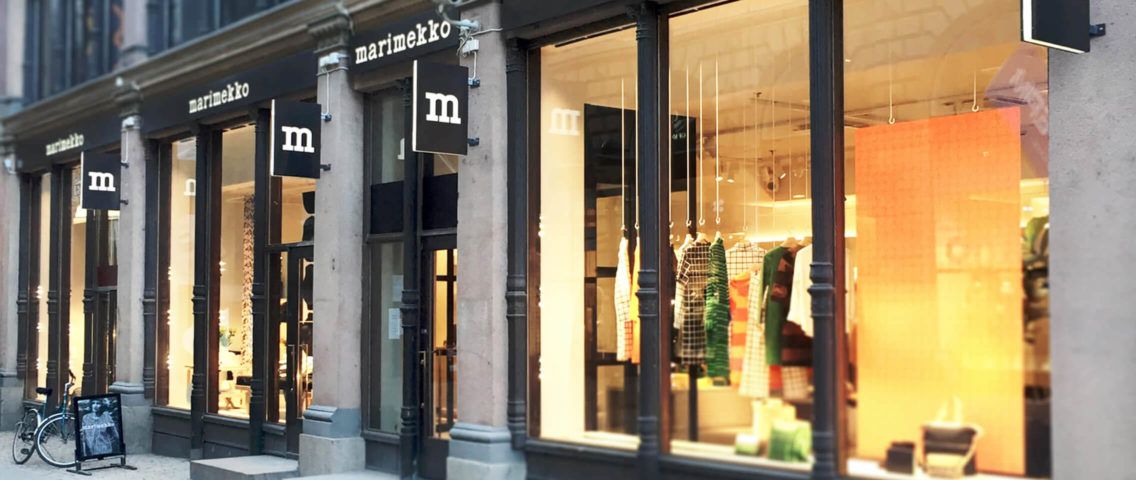Here we look at how Marimekko was helped in managing a complex, global, multichannel fashion supply chain.
Modern systems can do all the heavy lifting with routine replenishment and make sense of vast amounts of data so that decision makers get the best overview of their business on which to base their judgements. Marimekko, the Finnish design house, likes to think of its mission as bringing “joy and beauty in everyday life,” according to Mari Nenonen, the company’s supply chain manager.
“What we wanted from a system was quick integration and adaptability and with a view to that, the company approached RELEX.”
Mari Nenonen, Supply Chain Manager, Marimekko
Background
Founded in 1951, Marimekko is best-known for its bold use of patterns and colours had been looking for some time to strengthen its global position and break into new markets. Nenonen’s own mission over the last four years however, has been to make sure that ”joy and beauty” is delivered around the globe as efficiently as possible.
Marimekko was already running a wide-ranging operation and one that has grown to encompass 144 stores in 40 countries, the majority of which are run by partners. It also sells its fashion ranges, bags, accessories and homewares to importers, distributors, department stores and individual resellers from California to Japan.
Not only was the company dealing with a range of manufacturers and suppliers in Europe and Asia, it was also serving its shops and customers from a single DC in Finland. Like many businesses grappling with a complex global supply chain, Marimekko faced real challenges. Most of its planning and buying was handled manually as its ERP system did not offer tools or reporting, let alone forecasting. “We had a problem with our best selling lines too often being out-of-stock and with high inventory levels,” said Nenonen.
Objectives
So in 2011 Marimekko decided to revamp its supply chain technology. Nenonen explained: “What we wanted from a system was quick integration and adaptability and with a view to that, the company approached RELEX.”
Marimekko’s initial priority was its DC wholesale operations so an analysis of the company’s existing data and operations was carried out and potential improvements identified. Two months after the go-ahead was given the system was up and running.
The next target was the 50 or so retail stores that Marimekko runs directly. In 2013 the planning was centralised and replenishment automated. RELEX provided a suite of tools for managing inventory and assortment that ensured the right products reached the right stores. The result was a significant drop in the amount of time spent on replenishment, a drop in the amount of stock that stores were holding and fewer out-of-stock situations.
Results
Finally Marimekko worked with RELEX on a third phase of the supply chain revamp. In 2015 the combined team started to develop a sales and operations planning process. At the same time the focus within the planning operation changed from product groups to regional demand and this was facilitated by using the RELEX system not just as an operational tool but also as a collaborative analytics platform.
The result has been a 22% reduction in inventory at the DC and a 22% increase in company-level turnover. Meanwhile the adaptable nature of the RELEX system and its tools have seen Marimekko’s SCM operations take a considerable leap forward.
”If there’s a lesson I’ve learned from the process,’ said Nenonen, ”it’s that to get the most out of the system you should have someone who understands the tool and its potential from day one. Now we have someone it’s made a huge difference.”

Originally appeared in The Retail Bulletin
Written by Angela Beevers
December 14th 2015
